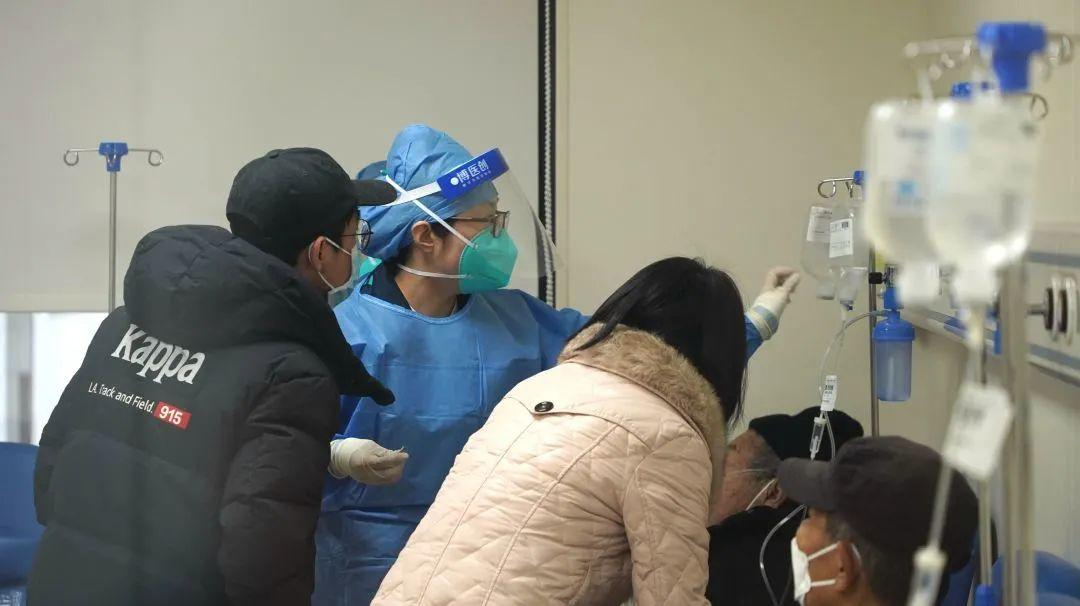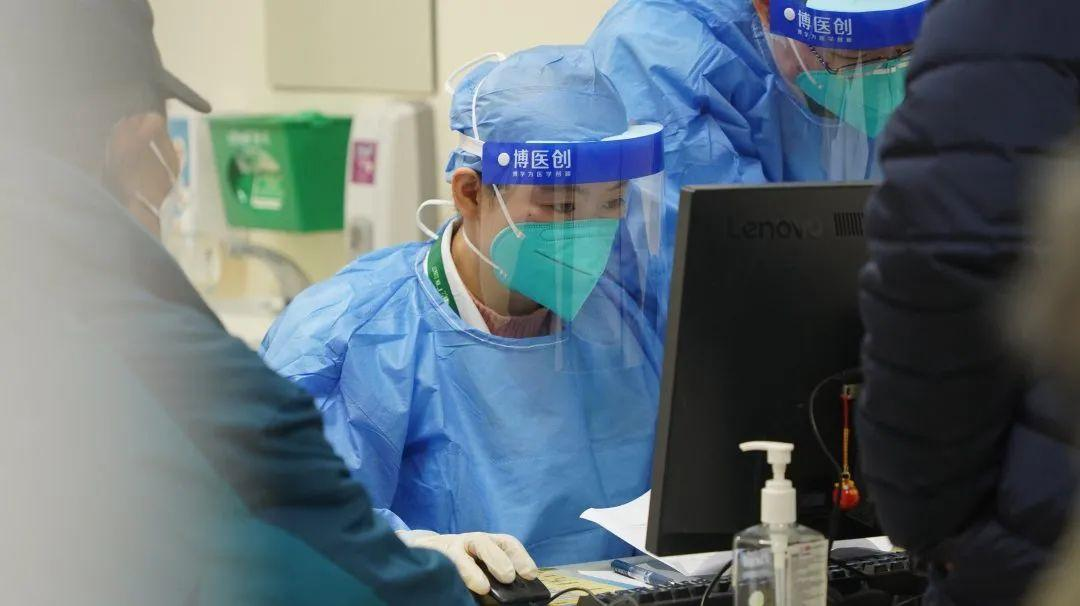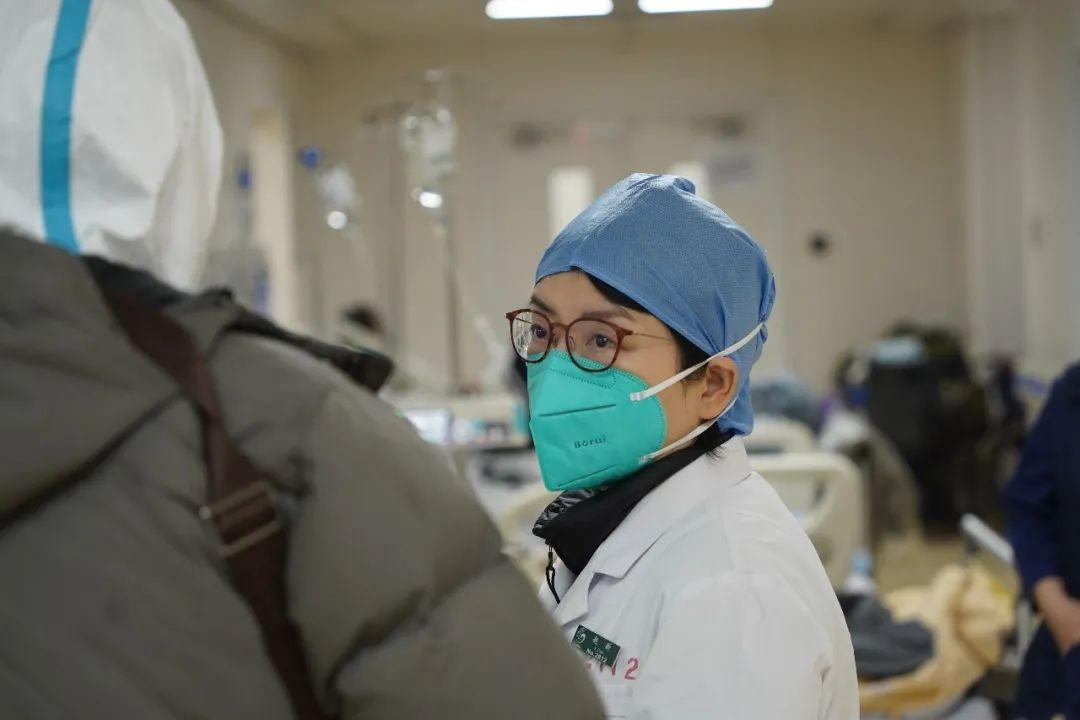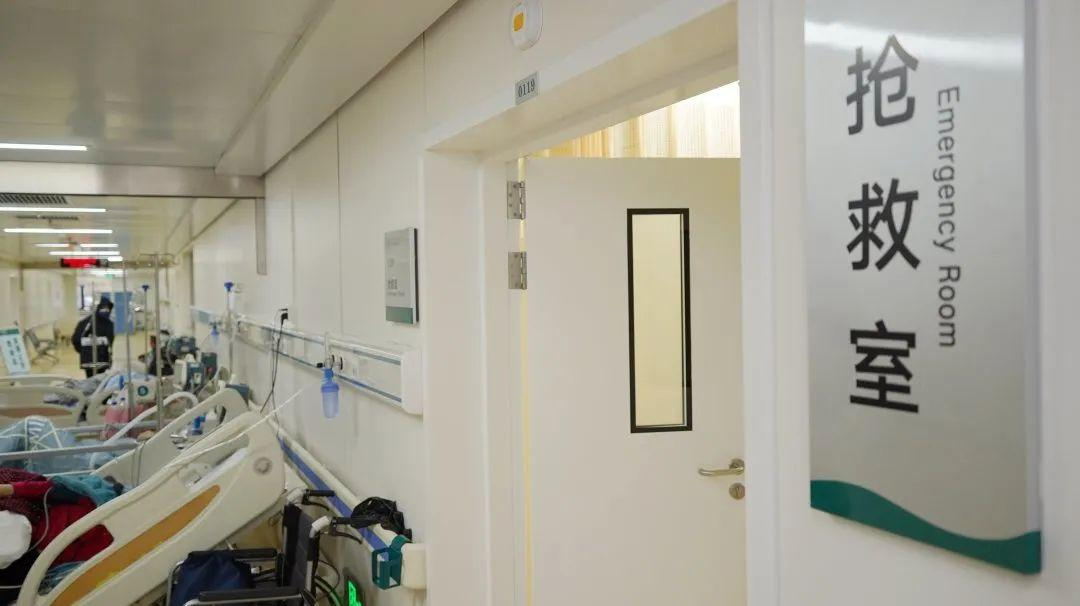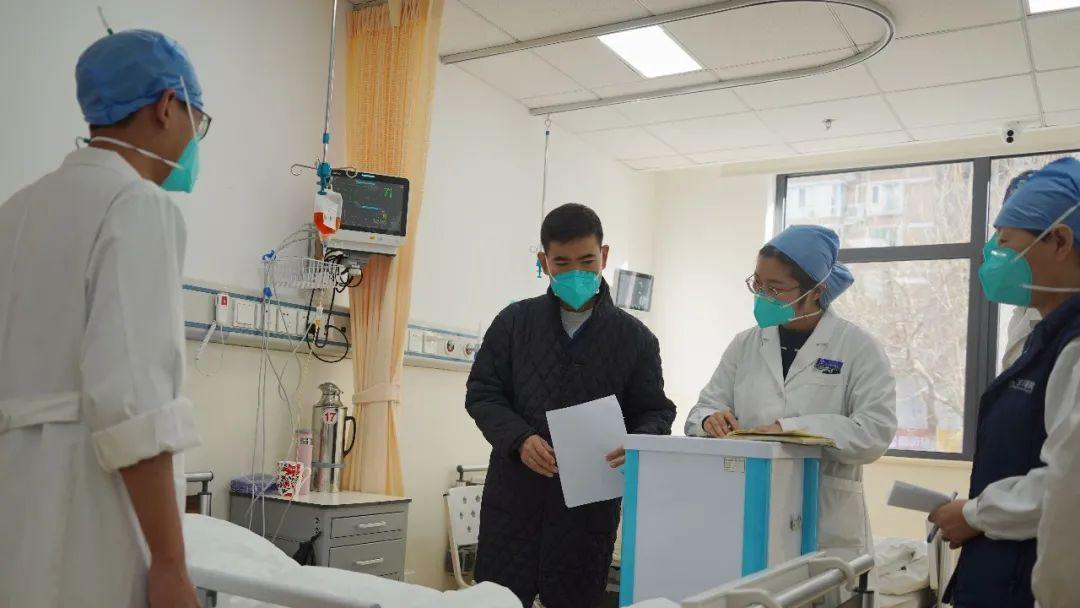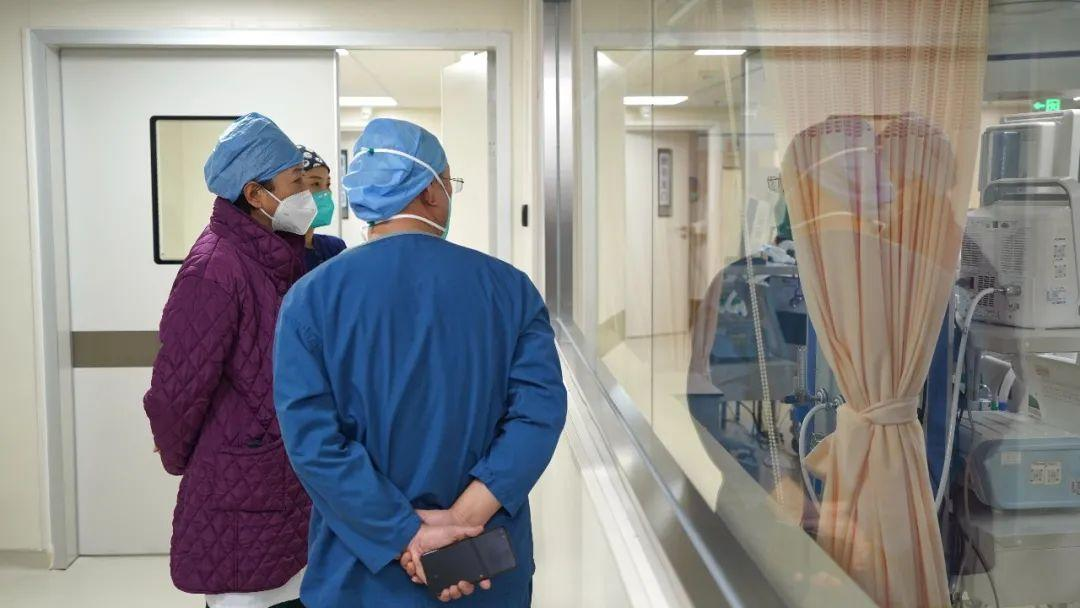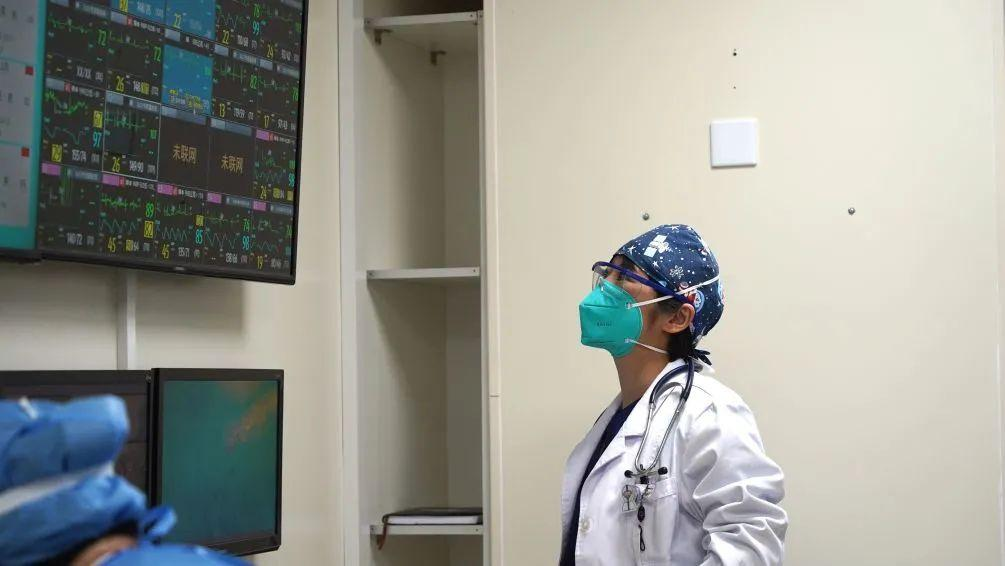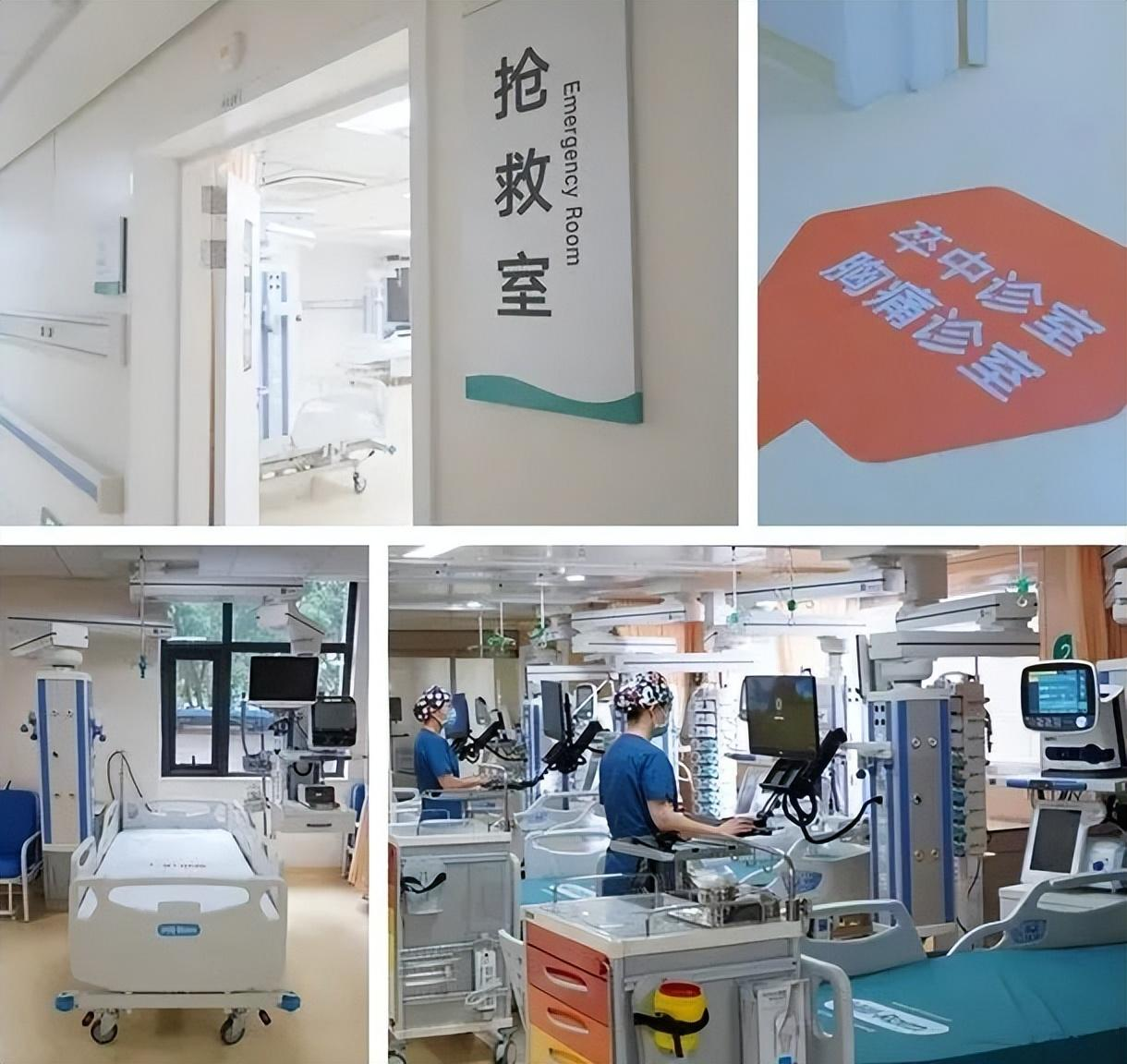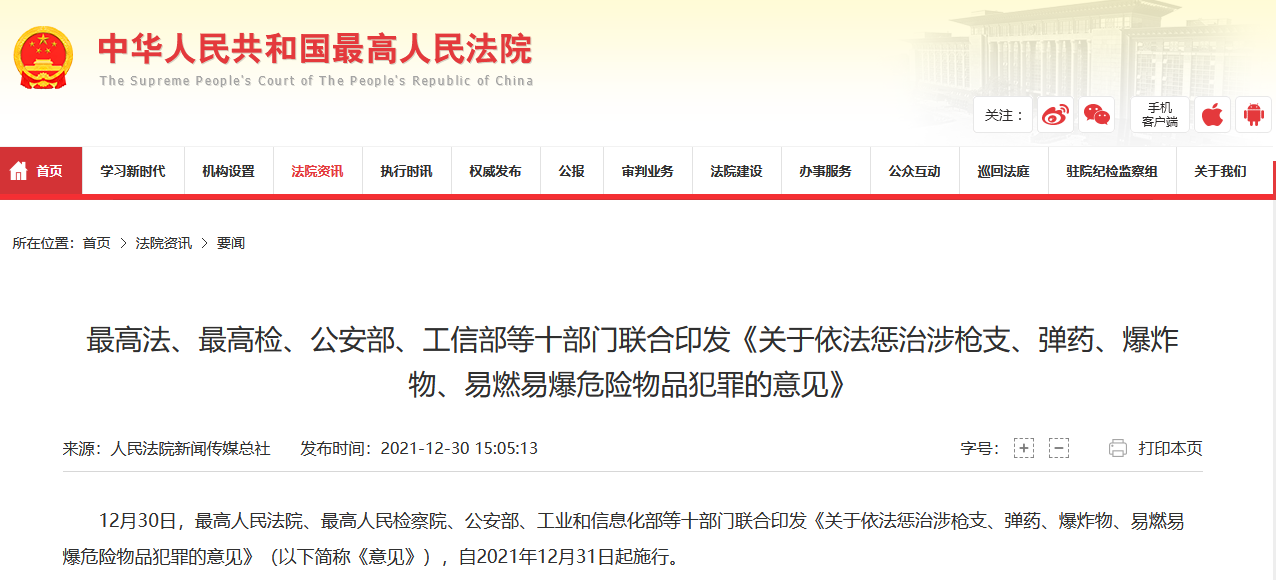Xinhua News Agency, Beijing, December 5th, by topic:Create a position to cultivate and practice socialist core values — — Relevant persons in charge of the Ministry of Culture, National Cultural Heritage Administration and China Association for Science and Technology talked about the implementation of the "Implementation Opinions on Public Cultural Facilities to Carry out Volunteer Service of Learning from Lei Feng"
Xinhua News Agency reporter Leo Chou
In order to give full play to the position role of public cultural facilities in learning from Lei Feng’s volunteer service, steadily promote the construction of public cultural facilities’ volunteer service sites, and promote the extensive and in-depth development of cultural volunteer service, Publicity Department of the Communist Party of China, the Central Civilization Office, the Ministry of Culture and other seven departments recently issued the "Implementation Opinions on Learning from Lei Feng’s Volunteer Service in Public Cultural Facilities".
Responsible persons of the Ministry of Culture, National Cultural Heritage Administration and China Association for Science and Technology said that the voluntary service of learning from Lei Feng in public cultural facilities has continued the traditional virtues of the Chinese nation, embodied profound cultural accumulation, distinctive characteristics of the times and noble spiritual pursuit, and is an important way to practice socialist core values and an inherent requirement for accelerating the construction of a modern public cultural service system.
Ministry of Culture: Cultural Volunteer Service Promotes the Construction of Modern Public Cultural Service System
Q: The "Thirteenth Five-Year Plan" period is a crucial period for building a modern public cultural service system. What is the special significance of vigorously developing cultural volunteer service, especially in public cultural facilities to learn from Lei Feng?
A: The "Thirteenth Five-Year Plan" period is the decisive stage for China to build a well-off society in an all-round way. Strengthening cultural voluntary service is of great significance for promoting the prosperity and development of cultural undertakings, spreading advanced culture and improving the level of social civilization. The first is an important way to practice the socialist core values. Cultural voluntary service embodies the functions of culture leading fashion, educating people, serving society and promoting development, which is an important way to promote the implementation of socialist core values and integrate them into people’s daily lives. The second is the inherent requirement of accelerating the construction of a modern public cultural service system. Cultural voluntary service, with its various forms and flexible ways, can effectively make up for the lack of cultural services provided by the government and the market, provide targeted services and improve the quality and effect of public cultural services. Third, it is an important means to play the role of the masses as the main body and stimulate the endogenous motivation of cultural development. Cultural voluntary service is an important platform for the masses to participate in cultural construction, which is conducive to the formation of a good situation in which everyone can do his best and share with everyone everywhere, and promotes the sustainable development of public cultural services.
Q: What principles should public cultural facilities follow to carry out the voluntary service of learning from Lei Feng? What is the main purpose of this work?
A: We should grasp four principles: First, adhere to the correct orientation. We should firmly establish a people-centered work orientation, integrate socialist core values into cultural voluntary service, guide people to serve others and contribute to society, and advocate a healthy and civilized lifestyle. The second is to adhere to cultural education. Guide people to establish and adhere to the correct view of history, nationality, country and culture. The third is to adhere to the demonstration drive. Take the lead in doing a good job in the volunteer service of national public cultural facilities, demonstrate and promote the healthy development of various volunteer service organizations and service projects, and promote the institutionalization and normalization of learning from Lei Feng’s volunteer service. The fourth is to persist in reform and innovation. Incorporate the support and development of voluntary services for public cultural facilities into the cultural system reform, and promote the standardization and equalization of basic public cultural services. Deepen the innovation of volunteer service content, form and management mode.
The main purpose of carrying out Lei Feng’s volunteer service in public cultural facilities is to further enrich the free and open items and contents of public cultural facilities and expand the service methods and channels by continuously expanding the volunteer team, carrying out volunteer service activities in depth and building a volunteer service brand, so as to effectively improve the service capacity and service level of public cultural facilities and promote the overall improvement of public cultural service efficiency.
Q: What are the main specific measures and requirements for public cultural facilities to carry out the voluntary service of learning from Lei Feng?
A: First, expand the volunteer team. Encourage healthy young people, teenagers, experts and scholars, and social celebrities to actively participate. The second is to carry out volunteer service activities in depth. Establish volunteer service organizations, volunteer service sites and volunteer service platforms as needed; Carefully design volunteer service projects, accurately recruit volunteers and build brand projects; Volunteer service for the elderly, minors, the disabled, migrant workers and people with difficulties in life; Actively explore "voluntary service in internet plus" to promote the specialization, characteristics and accuracy of voluntary service. The third is to establish and improve the voluntary service system for public cultural facilities. In accordance with the provisions of the measures for the administration of cultural volunteer service, we should further improve the system of volunteer recruitment and registration, training management, assessment and incentives.
In addition, public cultural facilities should provide necessary financial support for volunteer service, purchase necessary insurance, provide basic protection, and earnestly safeguard the legitimate rights and interests of volunteers.
Q: What are the plans of the Ministry of Culture to continue to promote cultural voluntary service?
A: First, improve the service network and develop and expand the cultural volunteer service team. We will comprehensively establish cultural volunteer service institutions at the provincial, city and county levels, and promote the establishment of volunteer service stations (teams and institutes) in public cultural facilities. We will attract people from all walks of life who are enthusiastic about public welfare and cultural undertakings to participate in cultural volunteer service and develop and expand the team of cultural volunteers. The second is to strengthen capacity building and continuously improve the scientific and professional level of cultural volunteer service. Integrate spontaneous and scattered cultural volunteer service activities to promote the characteristics and accuracy of cultural volunteer service. Vigorously cultivate and develop professional cultural volunteer service teams and guide the professional development of cultural volunteer service. The third is to organize demonstration-oriented activities and establish a long-term mechanism for grassroots cultural volunteer service activities. Continue to promote the "Spring Rain Project" — — National cultural volunteers travel across the border and "have deep feelings for the earth" — — Volunteer service of the National Academy of Arts goes to the grassroots level and "sunshine project" — — Three demonstration activities of the rural cultural volunteer service action plan in the central and western regions guide all localities and units to carry out extensive activities. The fourth is to strengthen standardized management and promote the healthy development of cultural volunteer service. Organized and planned training and guidance for cultural volunteers in different levels. Encourage all localities to establish an incentive, feedback and commendation system for cultural volunteer services in light of actual conditions.
National Cultural Heritage Administration: The museum itself is a volunteer of the whole society.
Q: What role can the museum play in the voluntary service of learning from Lei Feng?
A: As one of the important public cultural facilities, museums provide public cultural services such as education and appreciation for the public. In this sense, the museum itself is a volunteer of the whole society.
At the same time, from the microscopic point of view, museums are also an important position to carry out voluntary activities and services. At present, about 50% of the 4692 museums in China have carried out museum volunteer work, with a total of nearly 250 thousand volunteers. Many volunteers have served for more than 1,000 hours, and some volunteers have even served for more than 3,000 hours, serving nearly 10,000 people.
In terms of quality, the composition of museum volunteers is more diversified and socialized. Museums attract more and more intellectuals, collectors, college students, foreigners and other effective forces with various occupations and qualities to join the volunteer team.
In addition, the volunteer work of the museum has gradually changed from a single exhibition explanation to participation in donation, collection management, cultural relics protection, publication editing, event planning and other key work of the museum, which has become an integral part of the museum.
Q: Please talk about how to improve the enthusiasm of museum volunteers.
A: Volunteers are an important bridge and link between the museum and the society. Carrying out the volunteer service of learning from Lei Feng makes the museum better move towards and serve the society, and expands the spread of historical and cultural knowledge and museum culture.
To enhance the enthusiasm of museum volunteers, I think we should work hard on the management, service and incentive mechanism of volunteers. In recent years, China Museum has carried out many positive explorations, strictly selecting volunteers to help improve their basic quality and professional level; Attach importance to volunteer pre-training and post planning, and constantly improve in practice. In addition, all kinds of museum resources are open to volunteers with certain professional and academic backgrounds as much as possible. At the same time, it also adopts various incentive measures to improve its enthusiasm and stability.
According to incomplete statistics, more than half of the museums that carry out volunteer work have set up working committees composed of volunteers and achieved self-management of volunteers.
Q: After the publication of "Implementation Opinions on Public Cultural Facilities to Carry out Volunteer Service of Learning from Lei Feng", what aspects will National Cultural Heritage Administration promote the development of museum volunteer activities?
A: First of all, in accordance with the requirements of the implementation opinions, we will vigorously organize and support various museums to actively convene volunteers, expand the volunteer team, and carry out the volunteer service work of learning from Lei Feng. Second, we will adhere to the principle of demonstration-driven, and do a solid job in establishing a volunteer service management mechanism in museums, memorial halls and other cultural and art units among the first batch of demonstration units. Third, we will promote the affiliated museums to strengthen the construction of volunteer service organizations and service projects, extensively carry out volunteer service activities like Lei Feng, and gradually realize the institutionalization and normalization of volunteer service in museums.
We will continue to support the professional committee of museum volunteers to actively organize relevant exchange activities, and promote the construction and development of museum volunteers and public welfare organizations. The Steering Committee has continuously improved the activity of "Selection of Top Ten Volunteer Stars in China Museum".
China Association for Science and Technology: Promoting the upgrading of volunteer service in science and technology museums.
Q: What has the China Association for Science and Technology done in the volunteer service of the Science and Technology Museum, and what are the specific measures to learn from Lei Feng?
A: Since the pilot project of free opening of the National Science and Technology Museum was launched in 2015, the scope of public science popularization services in the Science and Technology Museum has been continuously expanded, the audience flow has increased rapidly, and the strength of science popularization volunteers has been further strengthened. The six science and technology museums selected as the first demonstration units of public cultural facilities to carry out Lei Feng’s volunteer service have been actively and effectively exploring volunteer service. Take China Science and Technology Museum as an example. Every year, more than 10,000 volunteers participate in voluntary service.
China Association for Science and Technology will take this implementation opinion as an opportunity to promote the upgrading of volunteer service in the Science and Technology Museum. First, give full play to the leading role of six first demonstration units, including China Science and Technology Museum. Through the construction of demonstration units, we will further enhance the social public welfare image of China’s science and technology museums, build their volunteer service brands, explore the establishment of standardized and reproducible volunteer service models for science and technology museums, and learn from the mature volunteer service experience of foreign science centers to promote the common development of the whole industry. The second is to focus on cultivating "stars" of popular science volunteer service. Combine the volunteer service of the Science and Technology Museum with the construction of popular science volunteers, and work closely with the China Association for Science and Technology’s "image ambassador of popular science China" and "chief science communication expert" to excavate and cultivate the typical popular science volunteer service, do a good job in publicity and promotion, tell the stories of popular science volunteers and create a good atmosphere. The third is to explore the establishment of a service platform for popular science volunteers, and promote the close cooperation, resource sharing and joint efforts between science and technology museums and public cultural facilities such as libraries, museums, cultural centers, art galleries and revolutionary memorial halls, so as to promote the momentum and implementation of volunteer service for public cultural facilities.
Q: What has China Association for Science and Technology done to promote popular science volunteer service, and what will be the next step?
A: Since 2001, China Association for Science and Technology issued a notice on the pilot work of building a popular science volunteer team in China. For more than ten years, China Association for Science and Technology has made great efforts to set up eight types of national popular science volunteer teams: volunteer teams of young science and technology counselors, volunteer teams of serving the "three rural" grassroots, volunteer teams of explaining counselors, volunteer teams of primary school students and other popular science venues, volunteer teams of popular science creation, volunteer teams of community volunteers, volunteer teams of serving large-scale theme popular science activities, volunteer teams of high-level counseling lectures and decision-making consultation, and volunteer teams of learning societies. According to the results of 2015 national science popularization statistics, as of 2014, there were 3,206,100 registered science popularization volunteers nationwide.
During the "Thirteenth Five-Year Plan" period, China Association for Science and Technology will promote the construction of national science popularization volunteers, and build the China Science Popularization Volunteers Association, so as to achieve more than 5 million science popularization volunteers nationwide by 2020.
